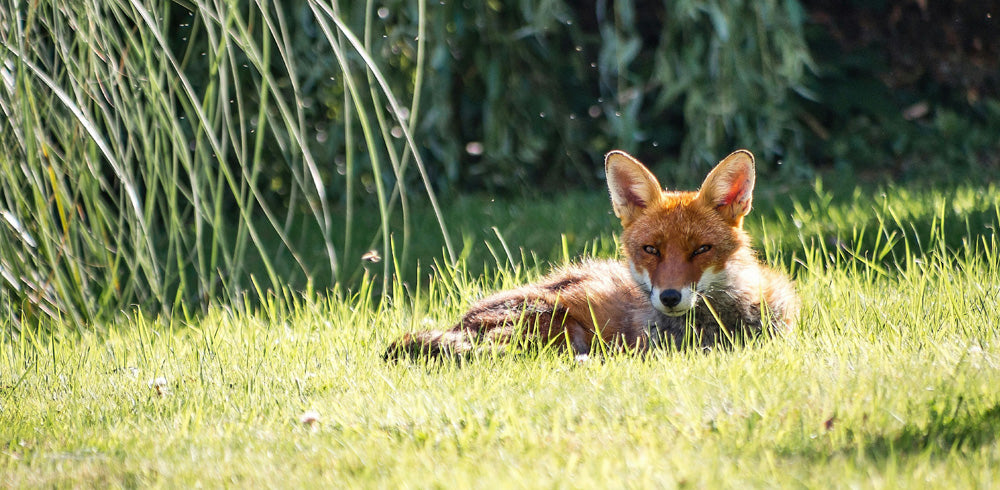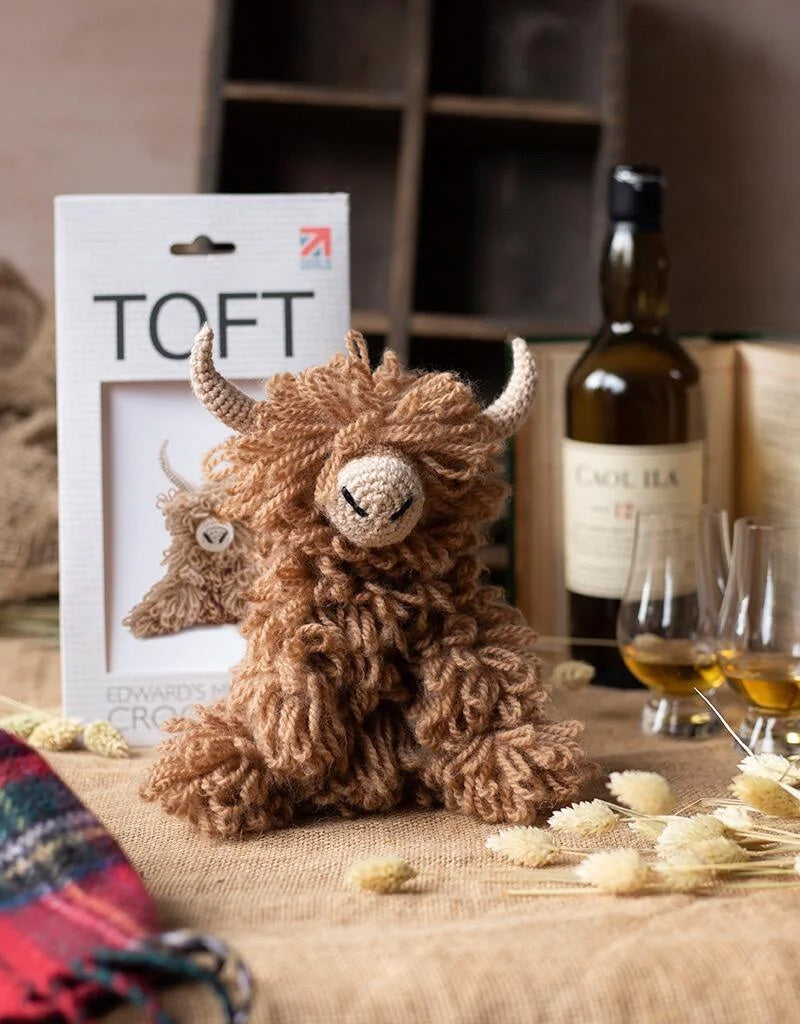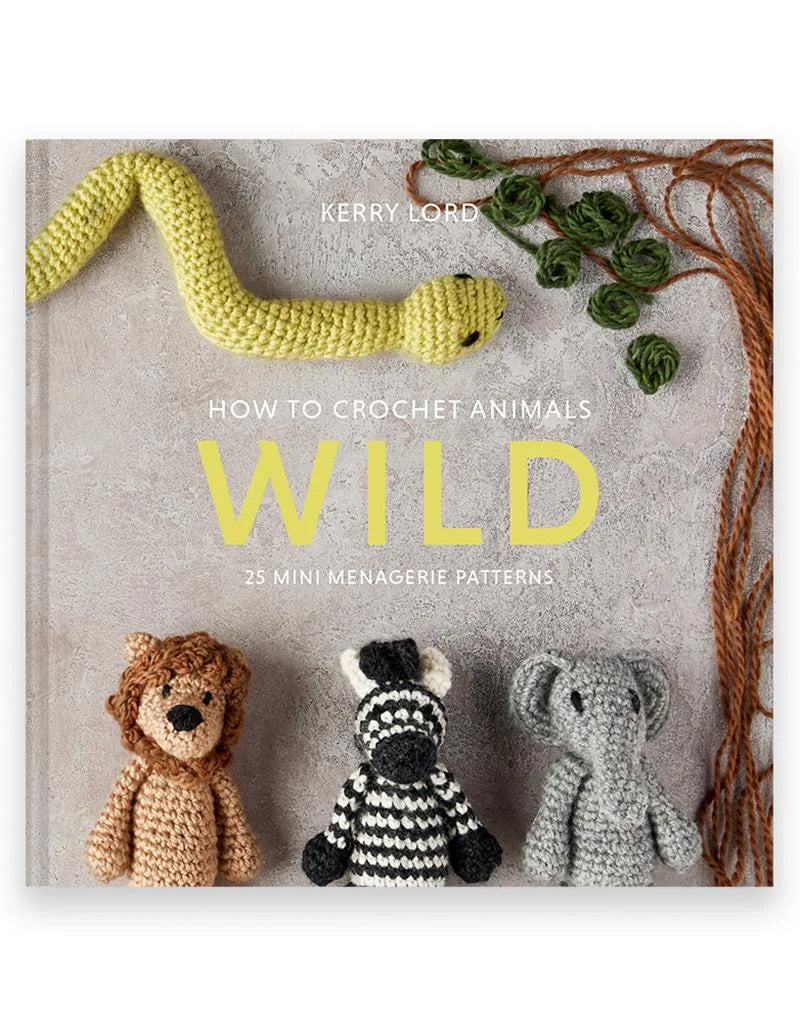Foxes
These intelligent and adaptable animals have captured the imagination of people for centuries. In this article, we will explore the diet, habitat, and conservation status of foxes in the UK.
Foxes in the UK have a varied diet that includes small mammals, birds, insects, fruits, and carrion. They are opportunistic feeders and will eat whatever is available to them. Foxes are skilled hunters and are known to be able to catch prey such as rabbits and mice. They are also scavengers and will feed on the remains of other animals.
In the wild, foxes in the UK can be found in a variety of habitats, including woodland, farmland, and urban areas. They are highly adaptable animals and can thrive in a range of environments. Foxes will often make their dens in underground burrows or in dense vegetation. They are primarily nocturnal animals, meaning they are most active at night.
Foxes in the UK are a protected species under the Wildlife and Countryside Act 1981. It is illegal to harm or kill a fox without a valid reason. Foxes are an important part of the ecosystem and play a crucial role in controlling populations of small mammals and insects. They also help to disperse seeds and contribute to the overall health of the environment.
During the winter months, foxes in the UK will hibernate in their dens to conserve energy and stay warm. They will often build up a layer of fat before the winter to help them survive the cold weather. Foxes are well adapted to the changing seasons and can withstand harsh conditions.
Despite their adaptability, foxes in the UK are facing threats to their survival. Habitat loss, road accidents, and persecution by farmers are some of the main reasons why fox populations are declining. Foxes are also at risk from diseases such as mange and distemper. Conservation efforts are underway to protect foxes and ensure their long-term survival.
Foxes in the UK come in a range of colours, from red to silver to black. The most common colour of fox in the UK is red, but there are also variations such as the silver fox and the black fox. These different colour morphs are the result of genetic variation within the population.
In conclusion, foxes in the UK are fascinating animals that play a vital role in the ecosystem. They have a varied diet, adaptable habitat preferences, and are a protected species. Despite facing threats to their survival, efforts are being made to conserve fox populations and ensure their continued presence in the UK. Next time you see a fox in the wild, take a moment to appreciate these beautiful and intelligent creatures.
Foxes in the UK have a varied diet that includes small mammals, birds, insects, fruits, and carrion. They are opportunistic feeders and will eat whatever is available to them. Foxes are skilled hunters and are known to be able to catch prey such as rabbits and mice. They are also scavengers and will feed on the remains of other animals.
In the wild, foxes in the UK can be found in a variety of habitats, including woodland, farmland, and urban areas. They are highly adaptable animals and can thrive in a range of environments. Foxes will often make their dens in underground burrows or in dense vegetation. They are primarily nocturnal animals, meaning they are most active at night.
Foxes in the UK are a protected species under the Wildlife and Countryside Act 1981. It is illegal to harm or kill a fox without a valid reason. Foxes are an important part of the ecosystem and play a crucial role in controlling populations of small mammals and insects. They also help to disperse seeds and contribute to the overall health of the environment.
During the winter months, foxes in the UK will hibernate in their dens to conserve energy and stay warm. They will often build up a layer of fat before the winter to help them survive the cold weather. Foxes are well adapted to the changing seasons and can withstand harsh conditions.
Despite their adaptability, foxes in the UK are facing threats to their survival. Habitat loss, road accidents, and persecution by farmers are some of the main reasons why fox populations are declining. Foxes are also at risk from diseases such as mange and distemper. Conservation efforts are underway to protect foxes and ensure their long-term survival.
Foxes in the UK come in a range of colours, from red to silver to black. The most common colour of fox in the UK is red, but there are also variations such as the silver fox and the black fox. These different colour morphs are the result of genetic variation within the population.
In conclusion, foxes in the UK are fascinating animals that play a vital role in the ecosystem. They have a varied diet, adaptable habitat preferences, and are a protected species. Despite facing threats to their survival, efforts are being made to conserve fox populations and ensure their continued presence in the UK. Next time you see a fox in the wild, take a moment to appreciate these beautiful and intelligent creatures.




























